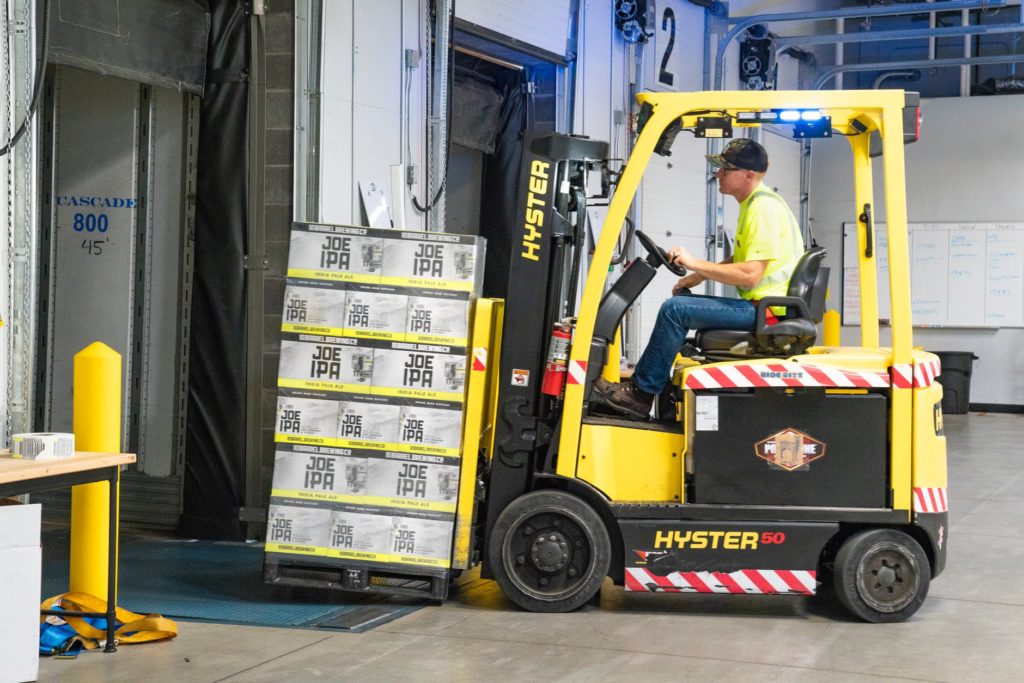
If you’re living with a bad back, you might think regular gym workouts are out of the question. However, certain exercises and machines may help you get back to enjoying a pain-free lifestyle while maintaining your fitness.
How Do I Prep for Exercising With Back Pain?
Before you jump in line for a gym membership, you’ll want to make sure that you aren’t at risk for worsening your back pain or aggravating an old injury. Consult your doctor or a chiropractor before attempting any new exercise regimen, and if your back begins to hurt more as you exercise, don’t push yourself. Take things at your own pace and don’t go too hard when beginning to work out.
What Gym Machines Can Help With Back Pain?
Here are a few machines you’ll find at the gym that are low-impact and can help relieve back pain.
Elliptical
Elliptical machines are great for those with back pain because of their low impact on your spine. They provide a great cardio workout with very little stress on your joints, since they mimic natural walking without the jolt of impact once your foot hits the ground. Instead, your feet are gliding, avoiding uneven tracks and painful missteps.
Stationary Bike
Recumbent stationary bikes are excellent for those with lower back pain since the seat provides lumbar support. Upright bicycle machines may be practical for those with spinal stenosis or osteoarthritis, as the forward-leaning position may relieve some stress and feel more comfortable.
These machines strengthen the lower body with little to no impact — but make sure you find another exercise method that will adequately work out your upper body as well.
Weight Machine
Rather than solely focusing on cardio, add strength training to your workout routine to create a well-rounded gym session that will leave you feeling stronger.
If simply looking at weightlifters bend, lift, and drop those heavy barbells makes your back ache, consider weight machines. With weight machines, you can easily adjust the weight to your level, and you’re not required to bend to lift, like with free weights.
Treadmill
For those just starting to work out or returning to the gym after an absence or injury, the treadmill is perhaps the easiest piece of gym machinery to master. The rotating track is easier to navigate than an outdoor track or sidewalk, and has adjustable incline and speed so that you can start off at the pace you’re most comfortable with.
Although running on a treadmill might be too much impact for back pain, a brisk walk is all it takes to get a bit of cardio in. In order to avoid a twist in your torso that could irritate your back, try not to hold onto the side rails — use the treadmill naturally, as if you were taking a walk through your neighborhood.
Returning to the gym or even just getting started with a bad or recovering back might seem overwhelming, but consistent exercise is essential to the healing process. Consult your doctor or chiropractor to determine the right path of exercise for your situation.
At Spencer Chiropractic Center, we’re happy to discuss with you the optimal route toward healing, so contact us today for a consultation!




